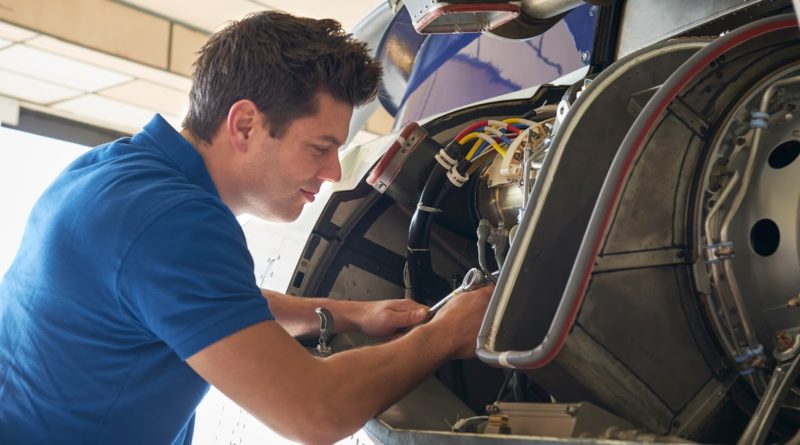Aerospace Industry Skilled Workforce
The new age of aerospace manufacturing involves a variety of new materials to create ultra-lightweight, high-strength parts. However, the real challenges in aerospace manufacturing aren’t in technology; they lie within finding skilled people to implement the technologies. What Mitsui Seiki is seeing isn’t about handling parts as much as it is how to process the parts without skilled labor.
Our own customers are also looking to optimize the technologies they’ve had for a long time but haven’t yet figured out how to use to their full potential. For example, spindle probes’ functionality goes way beyond just the basics—if you think creatively. They can help less-skilled personnel identify parts and adjust tool offsets while maintaining machining flow.
One of our aerospace customers is using digital modeling to accurately simulate the machining process using 3D models of parts, fixtures, and spindles on the machine. Each 3D model is an exact replica of the real thing. Simulations allow modifications to be done on the fly when problems with tolerances, material, deflection, and stresses occur. The entire process is proven before the machine is even turned on. Partnering with CAD/CAM and tooling suppliers helps maximize their products, allowing you to do more with less.
Adjust for Fewer Skilled Machinists
Several customers are adapting their technologies and processes to adjust for fewer skilled machinists. One high-production customer that makes optical parts for cameras tests part ahead of time in a small in-house facility with exceptional machinists who can prove things out before beginning high-production runs. Accurate 3D models are created, machines and fixtures are added to the simulation process, and errors are eliminated before the programs go live on real machines.
But it takes a lot of time to adjust processes with available technology to run without an actual person. You can’t just apply new technologies to do something that’s never been done before. You need to start with existing technology and a solid foundation. That’s exactly what we did in manufacturing the hexagonally shaped mirrors used on the James Webb Space Telescope.
The mirrors are made from beryllium, which, due to its toxicity, is only cut in a few places in the U.S. We had to build specialized machines to cut the hexagons to the level of precision required. The results were eight modified Mitsui Seiki HS6A horizontal machining centers that featured a slightly shorter Z-axis. The mirror started as a 700-lb. [317.5 kg] slab that eventually weighed 24 lbs. [10.89 kg] at completion. A solid machine tool foundation to build these specialized machines was critical.
Volumetric Compensation
There’s a lot of talk about volumetric compensation, where companies can map a machine much like is done with a CMM so you can understand exactly where the machining inaccuracies are in the working cube. But, if you don’t start with a good machine with exceptional repeatability, it’s impossible to map because you don’t know the point-to-point travel. A solid machine tool can be adjusted to meet those requirements.
The lack of skilled workers also has consolidated some work done over several machines into one platform. Customers that have been using the same technologies for years to make parts for aircraft landing gear, for example, now prefer to perform more involved work such as tooling processes, new cutting techniques, and adding peripherals that allow them to accomplish more on one platform—thanks again to a solid foundation.
In high-tech environments, manufacturers are working even more closely with machine tool suppliers to familiarize themselves with all available technologies. Our applications group helps customers with training, processing ideas, and discussions about new technologies. Companies know how to make parts. They just don’t know how to make parts the way they’d like with fewer people. Paying attention to quality and partnering with suppliers is a good foundation on which to start.
Source:

https://www.techedmagazine.com/category/news/transportation/

